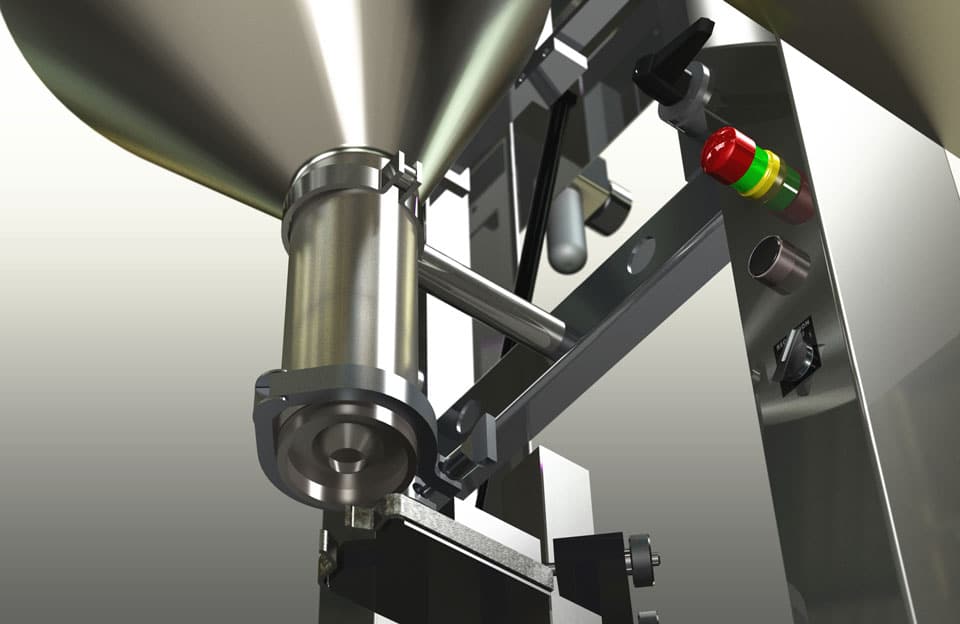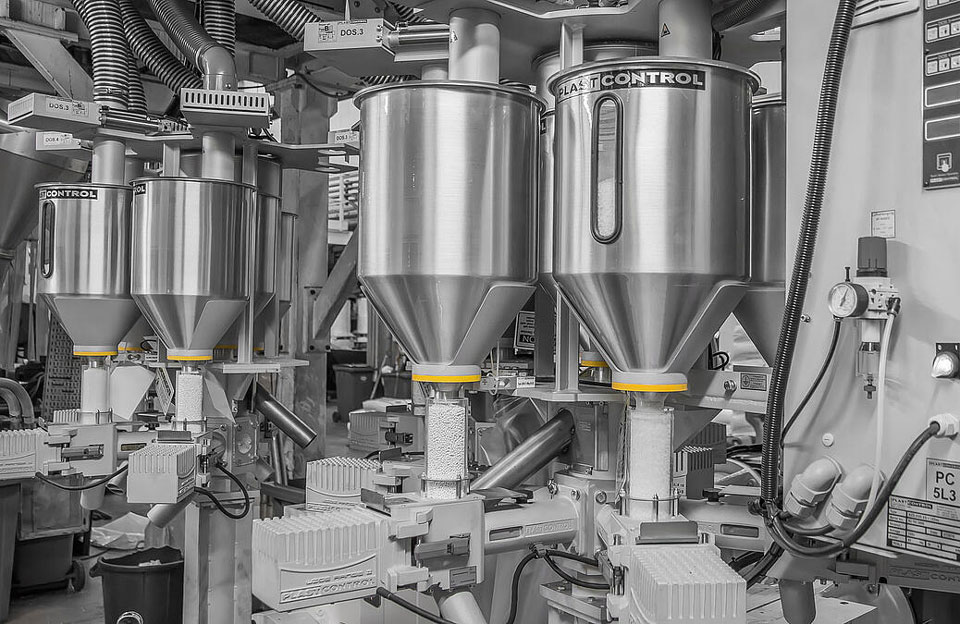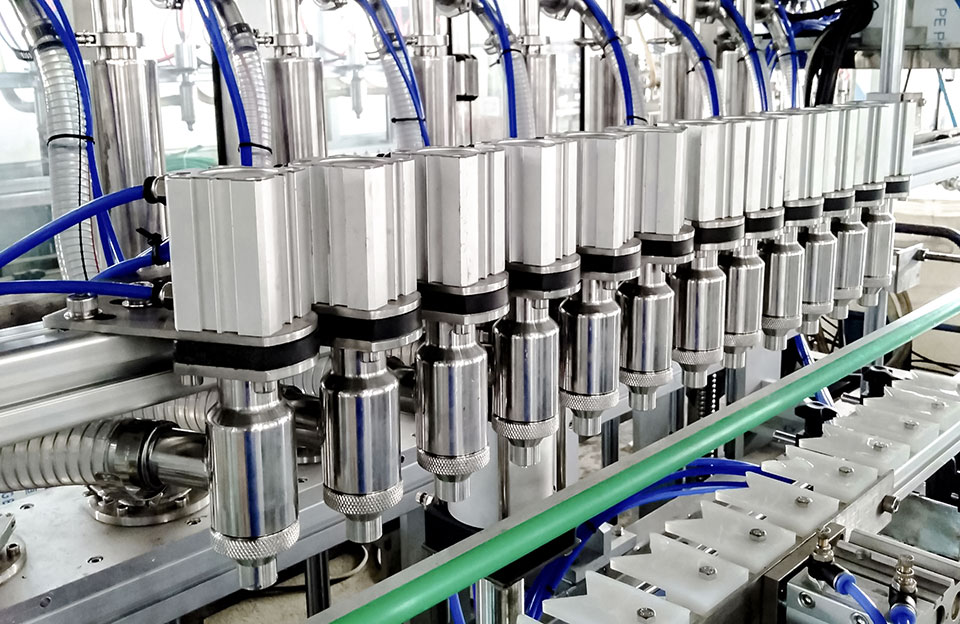The Importance of Filling Machines to Various Industries
Filling machines play a vital role in numerous industries and how to choose semi and fully automatic filling machine is very important ,providing an efficient and accurate method of packaging products. These machines are designed to fill containers with liquids, powders, granules or other materials, ensuring correct measurements and consistent output. How to choose automatic filling machine is very important for various industries.
- Food and Beverage Industry: The filling machine is widely used in the food and beverage industry for packaging various products, such as sauces, juices, oils, dairy products, etc. They ensure accurate fill volumes, maintain product consistency, reduce waste, and increase production speed. The machines are also designed to meet hygiene standards and ensure product safety.
- Pharmaceutical Industry: Accuracy and precision are critical in the pharmaceutical industry. Filling machines fill medicines, syrups, ointments, and other pharmaceutical products into bottles, vials, or blister packs. These machines adhere to strict regulations to prevent contamination, dispense the correct dose, and maintain product integrity.
- Cosmetics and Personal Care Industry: Filling machines are widely used in the cosmetics and personal care industry for packaging lotion, cream, shampoo, perfume, and other products. Filling machines provide consistent and controlled filling, maintain desired viscosity, prevent air entrapment, and ensure aesthetics. The use of filling machines helps to increase production efficiency and meet the industry’s high standards of quality and precision.
- Chemical Industry: Filling machines are essential in the chemical industry, designed to handle corrosive, dangerous, or flammable substances safely, and are used for filling various liquid and fine chemicals. Filling machines can provide accurate fills, reduce product waste, minimize worker exposure, and maintain a controlled environment.
- Automotive and Industrial: Filling machines are used in the automotive and industrial sectors to package lubricants, oils, adhesives, and other fluids. The device provides an efficient and automated filling process, ensuring the correct quantity is dispensed into the container or bucket, helping to increase productivity, minimize product loss and maintain a clean working environment.
- Cleaning and Household Products Industry: filling machines are widely used to produce detergents, soaps, disinfectants, and other cleaning products and household products, which provides consistent and accurate filling, preventing under or over-filling, helping to increase efficiency, reduce product waste and increase consumer satisfaction.
Working principle of semi-automatic and fully automatic filling machines
Semi-automatic and fully automatic filling machines work differently in the automation and operator involvement levels.
Semi-Automatic Filling Machine:
- Container Placement: An operator manually places an empty container onto the machine’s filling platform or conveyor system, such as a bottle or container.
- Filling Parameters: The operator sets the required filling parameters through the machine’s control panel, such as filling volume or weight.
- Filling Process: When the operator activates, the machine dispenses the product into the container, which can be done using various methods such as gravity filling, piston filling, or peristaltic pumps.
- Operator Intervention: Once the containers are filled to the desired level, the operator removes them from the filling platform and proceeds to the next step in the packaging process, such as capping or labeling.
Automatic Filling Machine:
- Container Handling:An automated system or conveyor belt transports the empty containers to the filling machine.
- Container Alignment: The machine uses sensors or mechanical mechanisms to align containers to ensure accurate filling properly.
- Filling Parameters: The operator sets the filling parameters through the machine’s control panel, including filling volume, speed, and other specifications.
- Filling Process: The machine automatically dispenses the product into the container according to the pre-set parameters, which may involve cheerful displacement fillers, rotary valves, or nozzles.
- Capping and Sealing (if applicable): After filling, the machine may also include an automatic or sealing station for capping or sealing the containers.
- Container Unloading: After the filling and different processes are completed, the filled container is automatically unloaded from the machine for other packaging or processing.
Main Differences:
- Operator Involvement: In semi-automatic machines, the operator takes a more active role in container placement and removal, while in fully automatic machines, these tasks are automated.
- Speed and Efficiency: Fully automatic machines typically have higher production speeds and throughput than semi-automatic machines because they can run continuously without frequent operator intervention.
- Cost: Fully automatic machines are usually more expensive due to their high degree of automation and advanced functions, while semi-automatic machines are relatively more affordable.
- Scalability: Fully automatic machines are better suited for high-volume production lines where efficiency and speed are critical. In contrast, semi-automatic machines are typically used in smaller-scale or flexible production environments.
Conclusion
Filling machines, whether fully automatic or semi-automatic, are indispensable in various industries because they provide accurate, efficient, and reliable packaging solutions and help to increase productivity, reduce costs, improve product quality, and comply with industry regulations. Filling machines enable companies to meet consumer demands, remain competitive, and streamline production processes.


